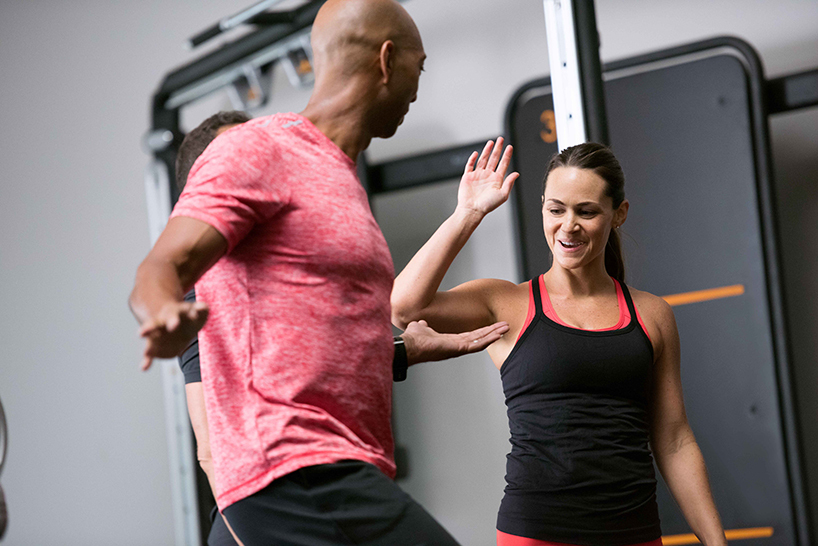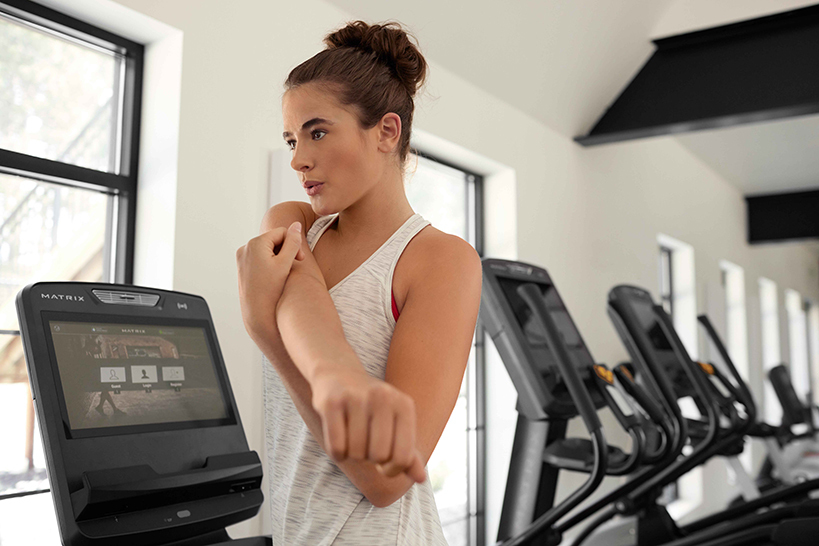May is Mental Health Awareness Month, making this the perfect time to remind people—and reinforce the notion—that exercise can be key to supporting mental health.
We know, for example, that gym visits are a tool for building psychological resilience. Fitness facilities provide locations in which members can explore a range of movement options that deliver a high sense of control and personal agency. With every visit, your members reap the immediate reward of a more positive self-regard and an enhanced mood. In line with this idea, a recent survey found that 78% of exercisers now say that “mental and emotional well-being” is their top reason for exercising.
Each member’s visit also helps advance their fitness level. This matters because high levels of fitness protect our mental health. In fact, a person’s fitness level has a dose-dependent relationship with their risk of mental health disorders. Compared to those with high fitness, those with low or medium levels of fitness incur a 47% and 23% higher risk of mental health disorders, respectively.

